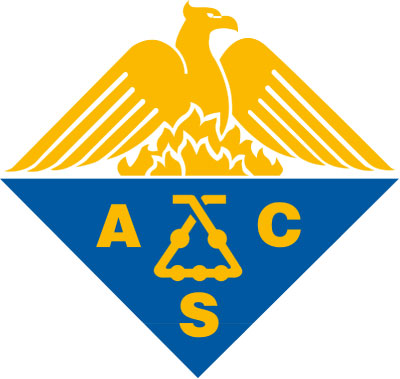

Dr. Jason Martin presented “Beam Me Up Scotty: The Implications of Quantum Entanglement” as part of the guest speaker series for the American Chemical Society at NPC. Dr. Martin holds a bachelor in chemistry with a double minor in math and physics as well as a Ph.D. in theoretical chemistry.
Dr. Martin stated that quantum mechanics (QM) is the physics and mathematics that describes how objects in the very tiny realm behave. QM was first introduced in the early 1900s. Schrodinger’s equation is the fundamental equation of QM. It is to QM what Newton’s laws of motion are to that of classical mechanics, the mechanics of everyday objects. In March 1935, Einstein published an article in the Physical Review that generally stated that QM would not nor could not apply to reality. A short four months later, Neils Bohr published an article in the same publication with the same title challenging Einstein’s position. Einstein later came to acknowledge the validity of QM.
When talking about quantum mechanics and entanglement minds typically leap to teleportation. Dr. Martin explains the issues behind teleportation, namely the lack of energy. Based on the average weight of a human at 154 pounds the amount of energy needed to teleport would be 6.29x1018 watts/second. A nuclear power plant during peak hours only produces about 3.9x109 watts/second of energy. Scientist would have to develop something that could generate the amount of power needed plus several other issues.
IBM has developed a quantum computer and has created an open-source quantum-computing framework for researchers. Along with IBM, Intel, Google, Nasa, and Microsoft are all interested in quantum computing.
Dr. Martin noted students interested in working with quantum computing have many paths including physics, computer programming, technical support and engineering.